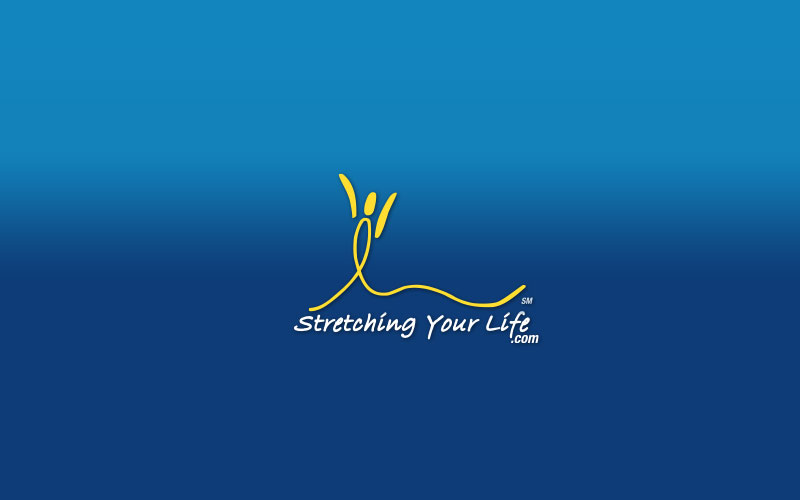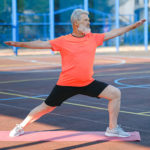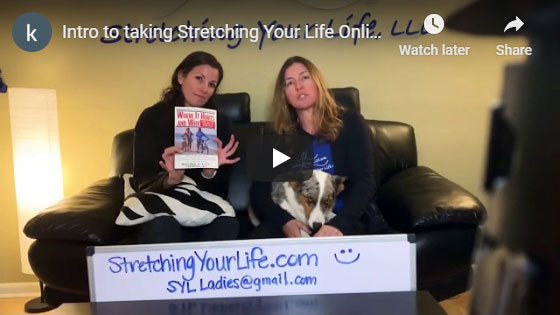Exercise Provides Strength for Life’s Balancing Act
“Fitness is imperative if we are to find ourselves, win self-respect, and meet life’s challenges.” – Jack Canfield and Mark Victor Hansen from “Dare to Win”
The best advice I can offer to seniors is to keep moving. Movement, balance, strength, endurance and flexibility are essential in establishing and maintaining your health throughout the aging process. In order to maintain a healthy brain and body, and keep a positive mental outlook, we need to learn how to help ourselves. We can start this process by becoming educated about what’s happening to our bodies as we grow older. Awareness, motivation, and taking action are essential ingredients for a healthy and happy life, regardless of our age.
The good news is you can start now, before you enter your senior years. The body slows physically and neurologically as we age. The leading cause of injury to the elderly is unexpected falls. Fear of falling is a major concern among older individuals, as injuries due to falls usually lead to decreased activity, quality of life and independence. To help prevent seniors from falling and injuring themselves, it’s important to understand and maintain good balance.
Good balance depends on four essential things: strength, aerobics, endurance, and flexibility. These essentials are built around muscle. But most importantly, balance requires the attention of the nervous system. Neurology activates the muscles and the heart.
Balance expert Don Rapp emphasizes the importance of neurological re-education and regeneration in addition to the four noted essentials. “Think of the body as an instrument. The elderly have a different body, a different instrument; it plays in a different way. You must learn and change the brain, in order to keep playing your instrument.” The brain can adapt change, but it takes effort, attention and practice.
Attention is a critical part of balance, explains Rapp. As attention ability declines, we become distracted or sidetracked more easily, making tripping and falling more prevalent. “If you place your feet in the right place and the right time, all the time, you’ll never fall. Decision making is longer . . . as we age.” Rapp explains that we must continue to challenge the brain to do more than one thing at a time and continue to stimulate the nervous system to keep it strong.
No matter your age, healthy bodies require maintenance, and that becomes more important as we grow older. The body responds to environmental changes, musculoskeletal and dietary changes.
Let’s avoid negative impacts and get started on a regime incorporating the four essentials and the establishment of new neurological patterns. You can start by incorporating daily active isolated stretching and strengthening exercises. Exercises can help ease pain throughout the body, improve muscle elasticity, lubricate joints and improve muscular weakness.
Walking, working in the yard and water exercises such as swimming and water aerobics are all great ways to improve your cardiovascular conditioning. These are activities you can start at any age and continue until your senior years. Be sure to start out slowly and seek the advice of your physician when necessary.
In addition to improving your range of motion, strength and aerobics, learn about and practice simple balance exercises and techniques daily. Help your body to establish new patterns through trial and error and learn from your mistakes. Balance exercises can work both sides of the brain, improving the ability to do more than one thing at a time.
Visit Donrapp.com for some examples of balance exercises and to order Don’s new book on balance, a recommended read for everyone. And while at your local gym ask about balance classes may offer; they may provide one already.
-For more information about Stretching Your Life contact Kim via email (Tallahassee at 850-224-2639) or at contact us today!




